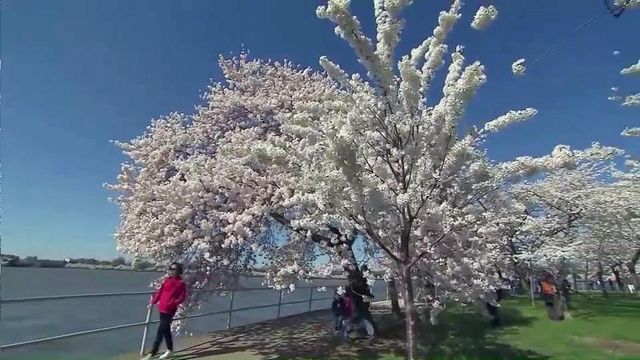Pollen season starts in North Carolina
In North Carolina, pollen levels peak in early to mid-spring when most of our native trees such as pines and oaks are flowering. This means that, in the middle of March, we're right in the midst of it.
Posted — UpdatedGet ready for yellow clouds -- pollen season is here.
In North Carolina, pollen levels peak in early to mid-spring when most of our native trees such as pines and oaks are flowering.
Pollen, which consists of microscopic grains that are discharged from flowers, peaks each year in March and April in the Triangle. Pollen levels are considered high when daily counts exceed 270 grains per cubic meter. Pollen counts at state environmental laboratories in Raleigh reached 428 on Friday and 450 on Thursday. These are the highest levels so far in 2016.
They could get much higher, though. While a count of 450 signals the start of pollen season, it's nothing in comparison to the highest pollen count ever recorded in Raleigh.
In April 2010, 3,524 grains per cubic meter of pollen were recorded. This is a lot higher than the daily average of 1,000 and 1,500 grains per cubic meter.
The good news? Seasonal peaks like this usually only occur within a one or two-week span.
With pollen on the rise, seasonal allergies won't be far behind.
Sniffle-inducing blooms are tempting, but people who are bothered by allergies may want to limit their time outdoors until pollen levels fall. The worst times to be outdoors in the pollen are during early morning hours and when it is windy outside. Keeping doors and windows shut with air conditioners running will help reduce pollen levels indoors.
• Credits
Copyright 2024 by Capitol Broadcasting Company. All rights reserved. This material may not be published, broadcast, rewritten or redistributed.





